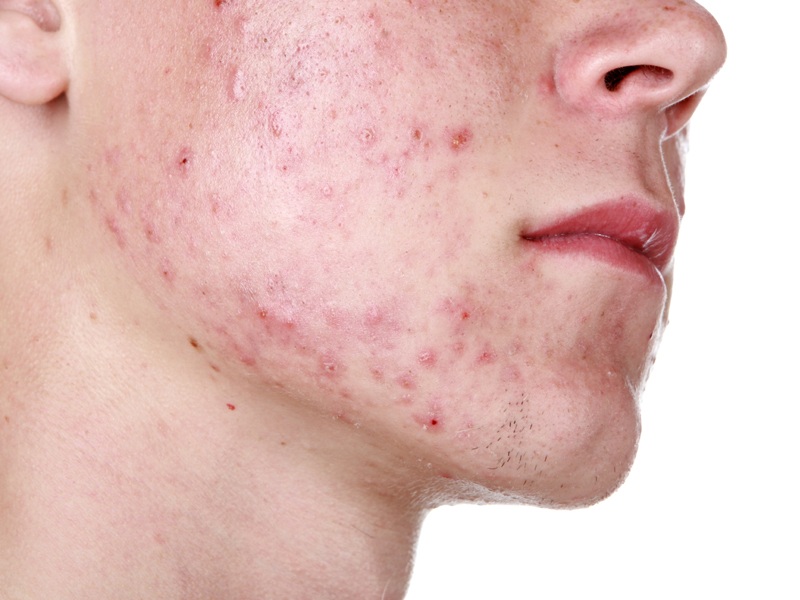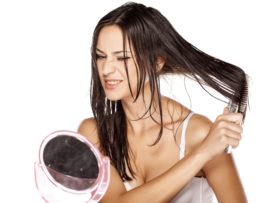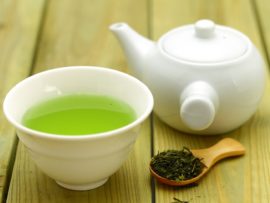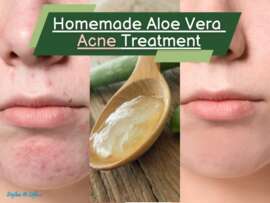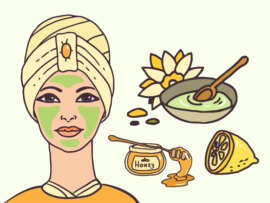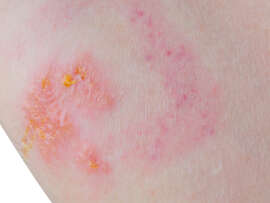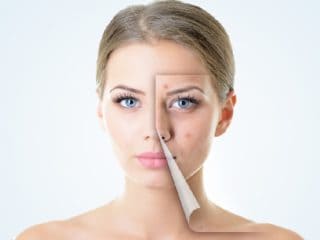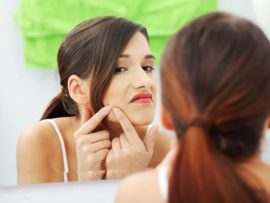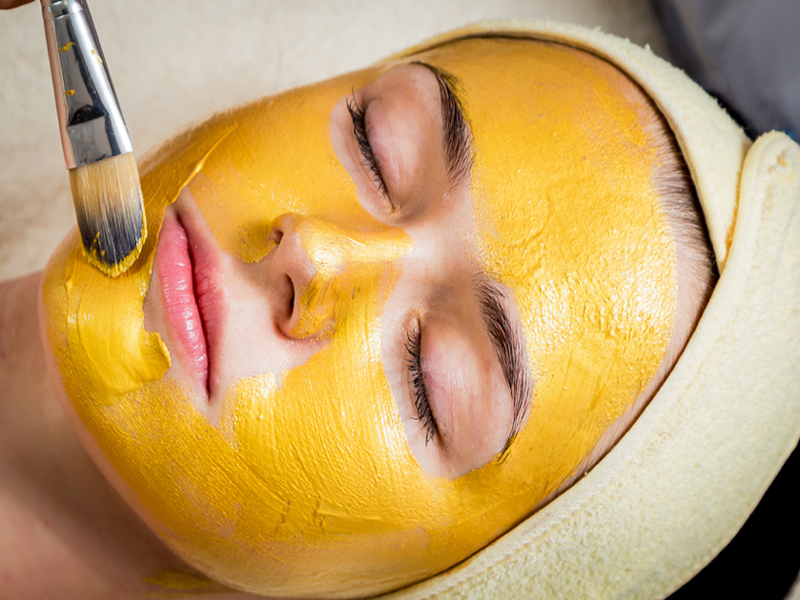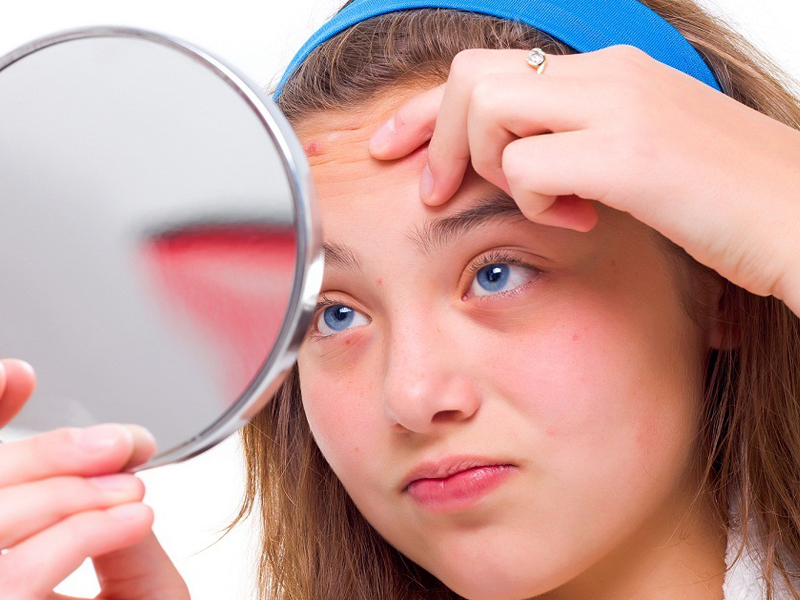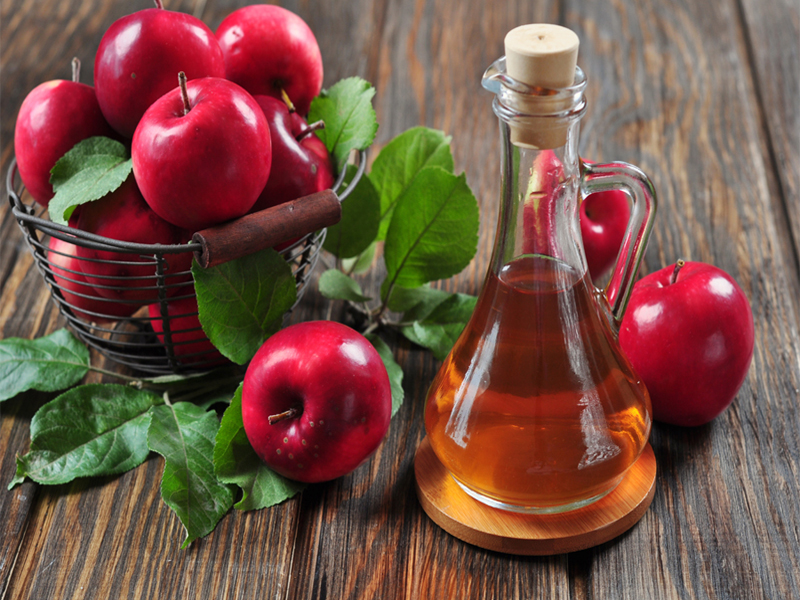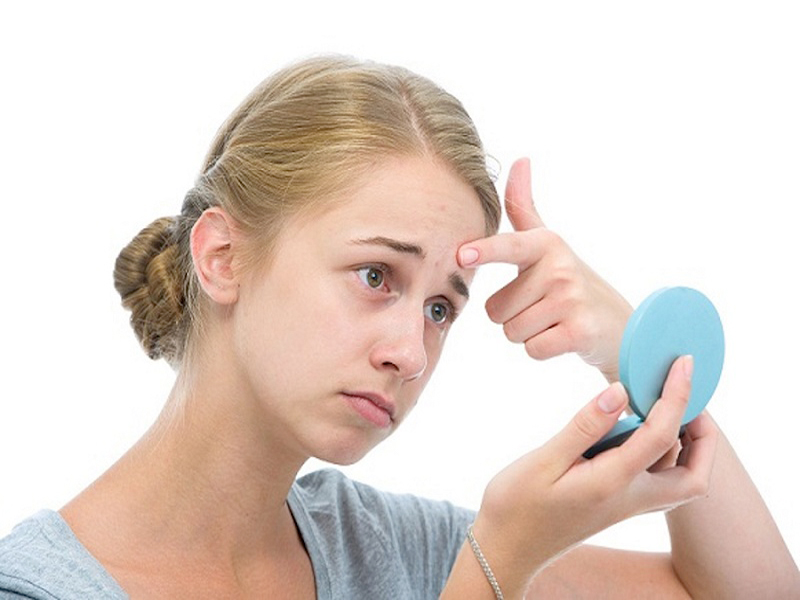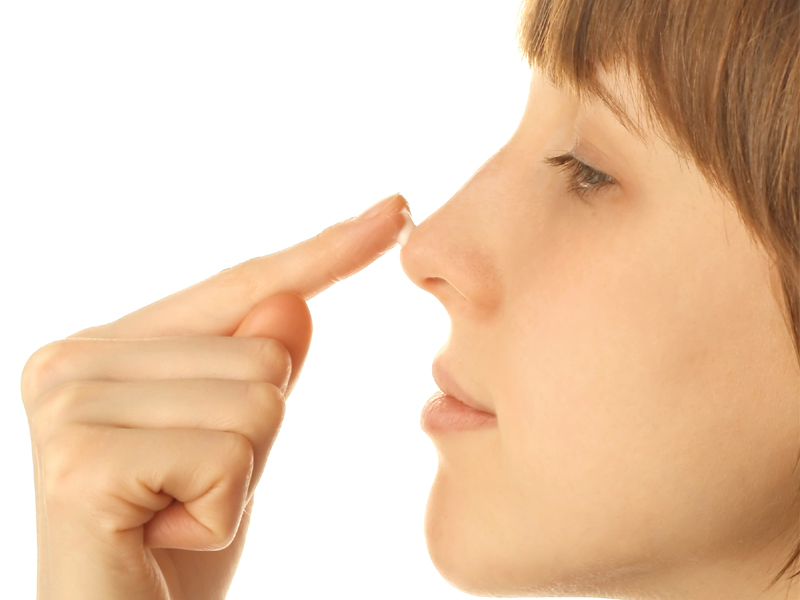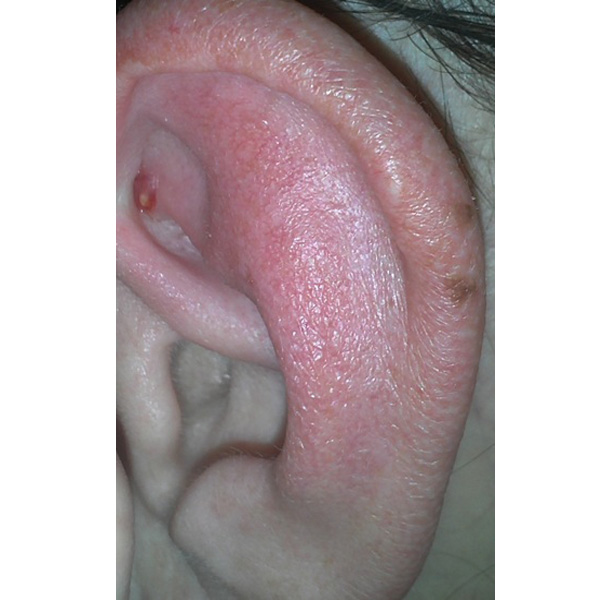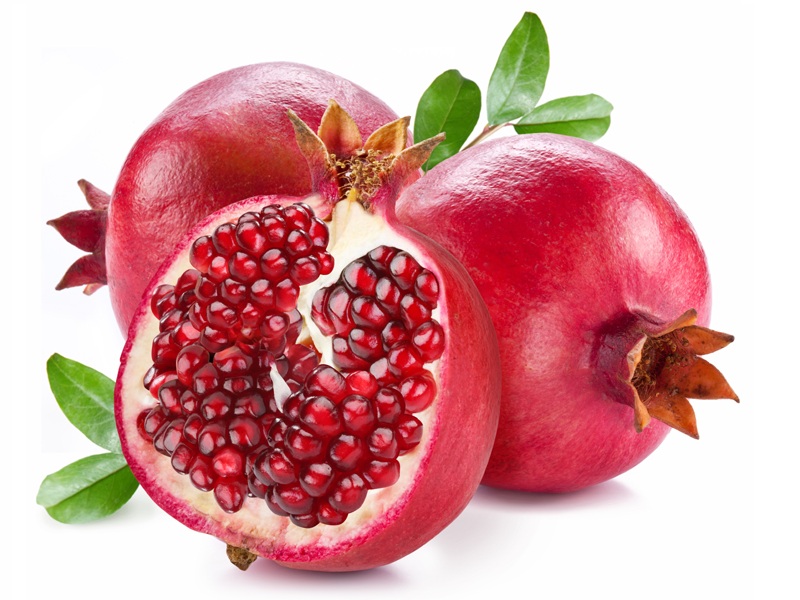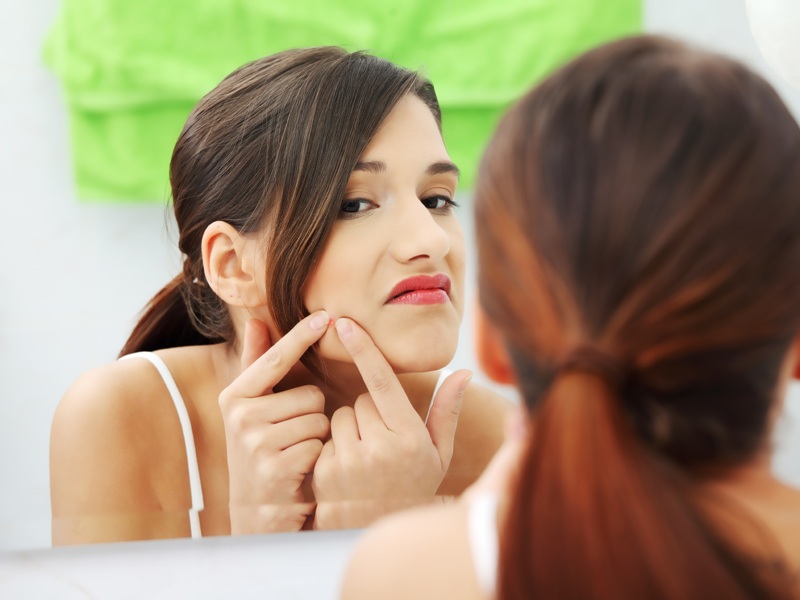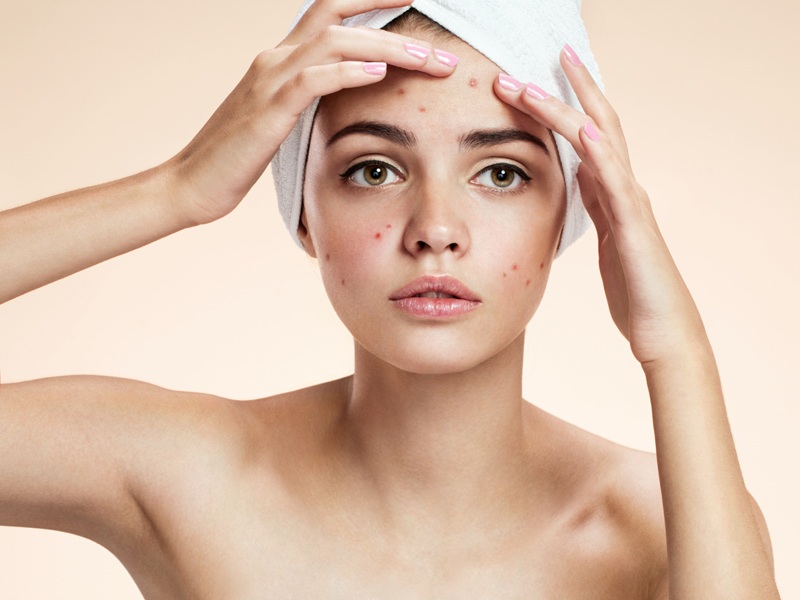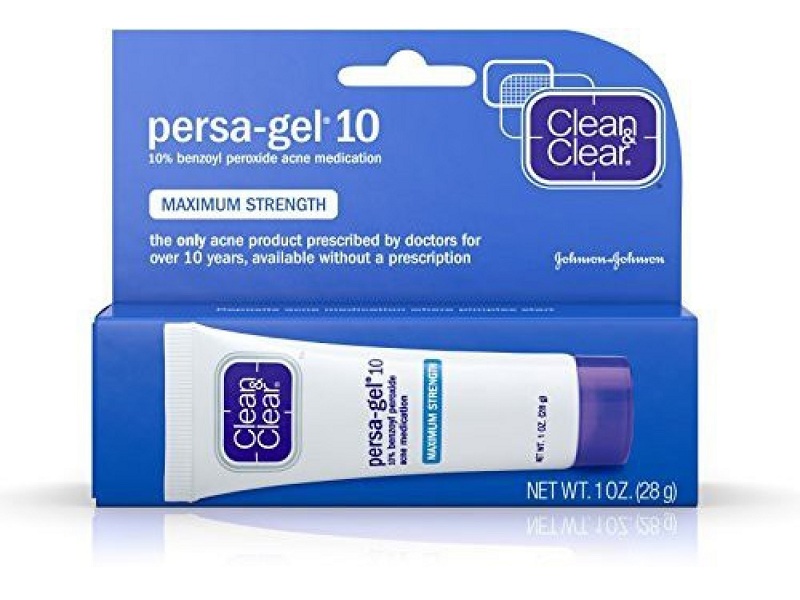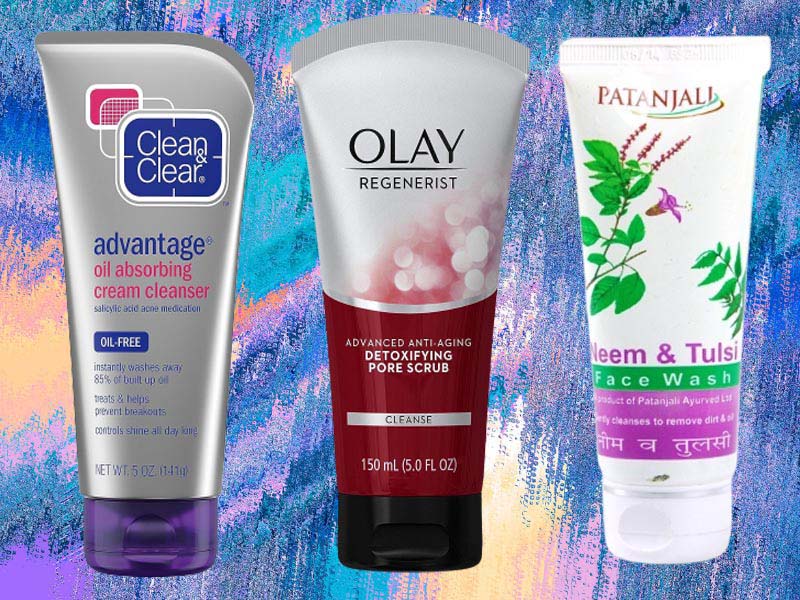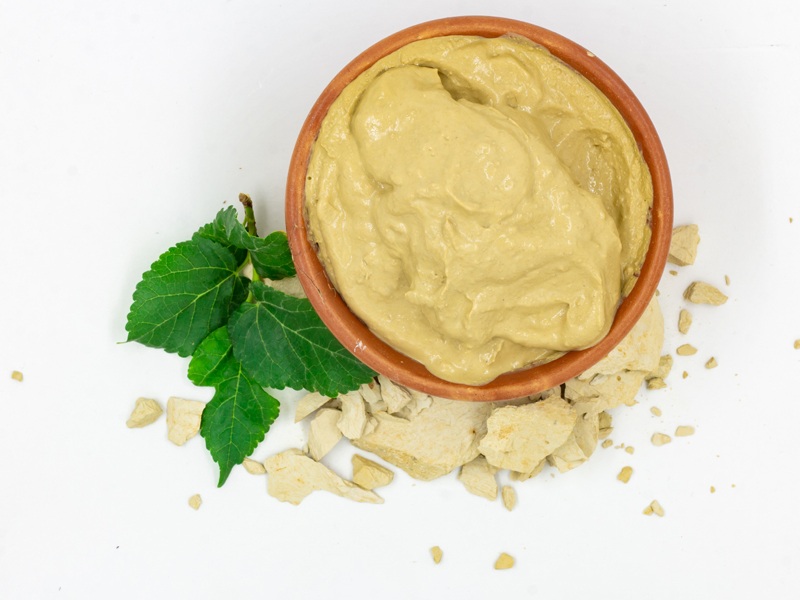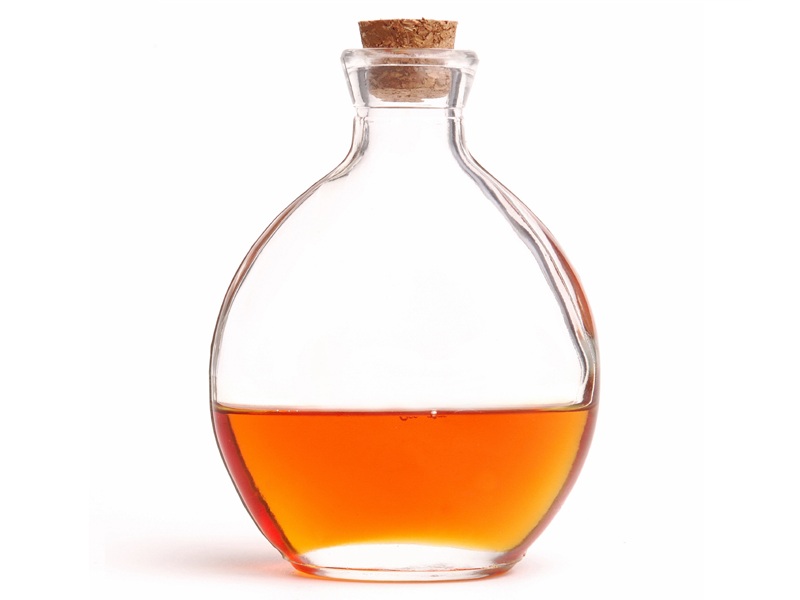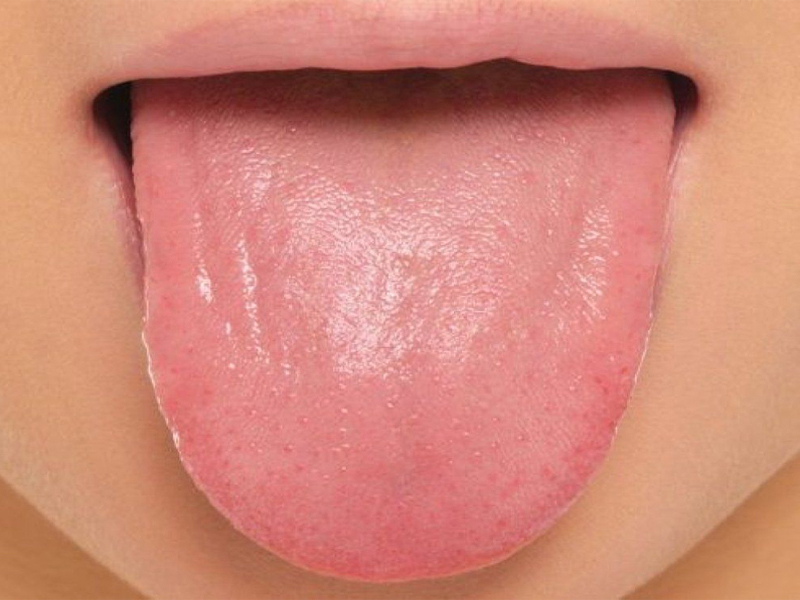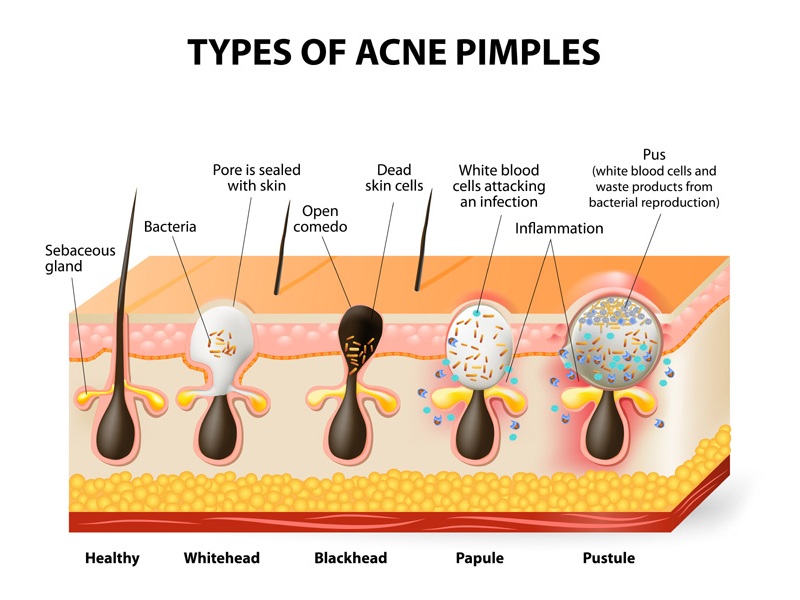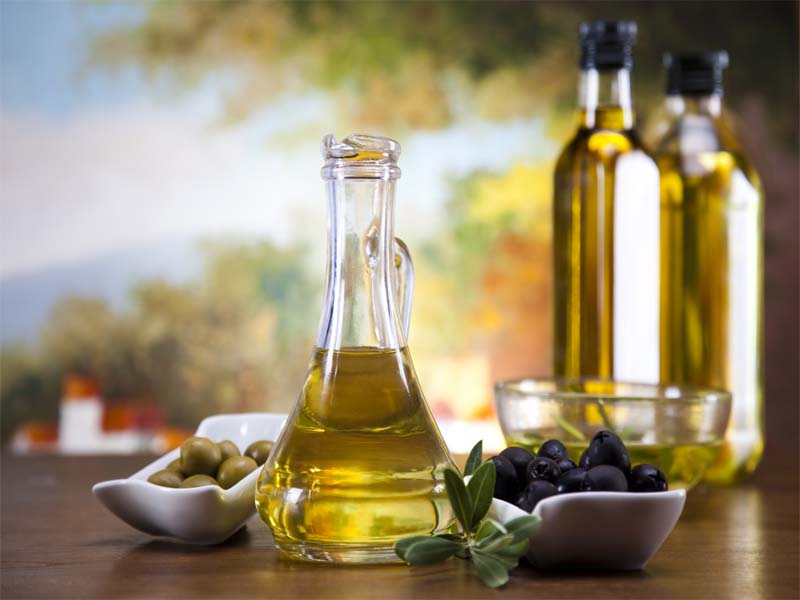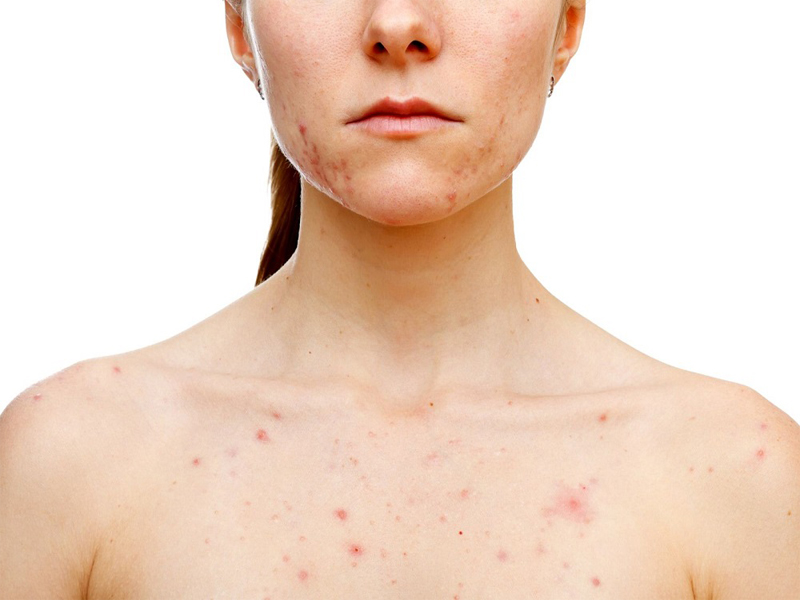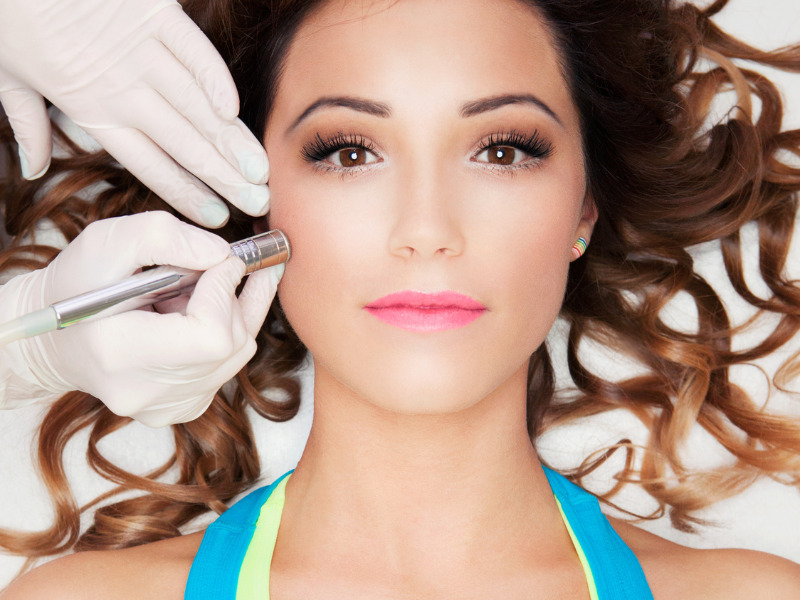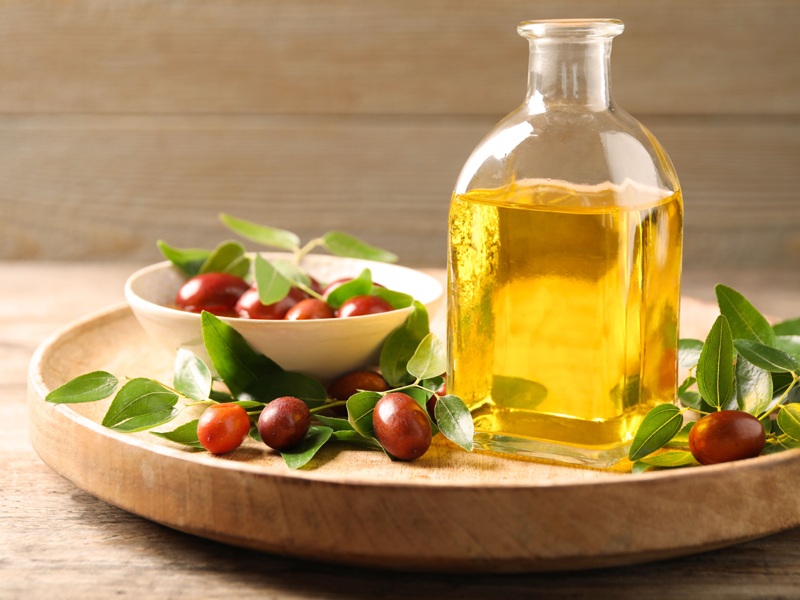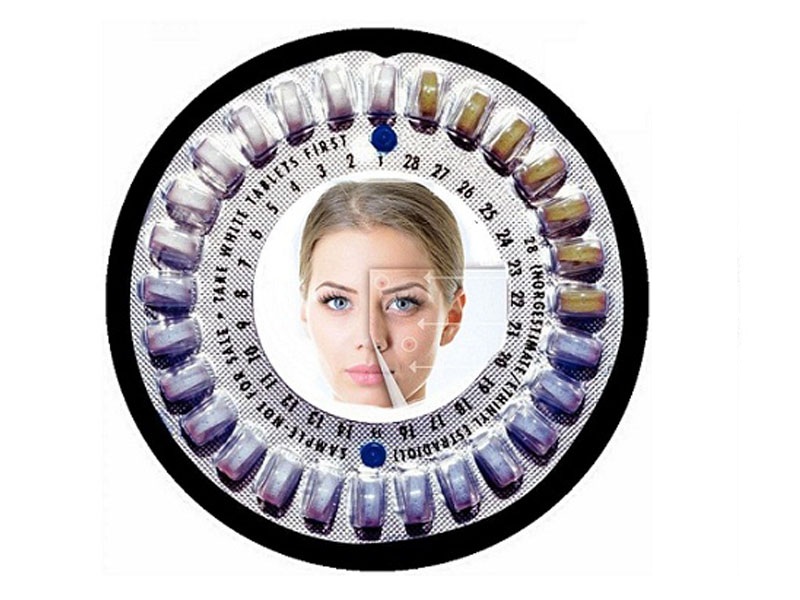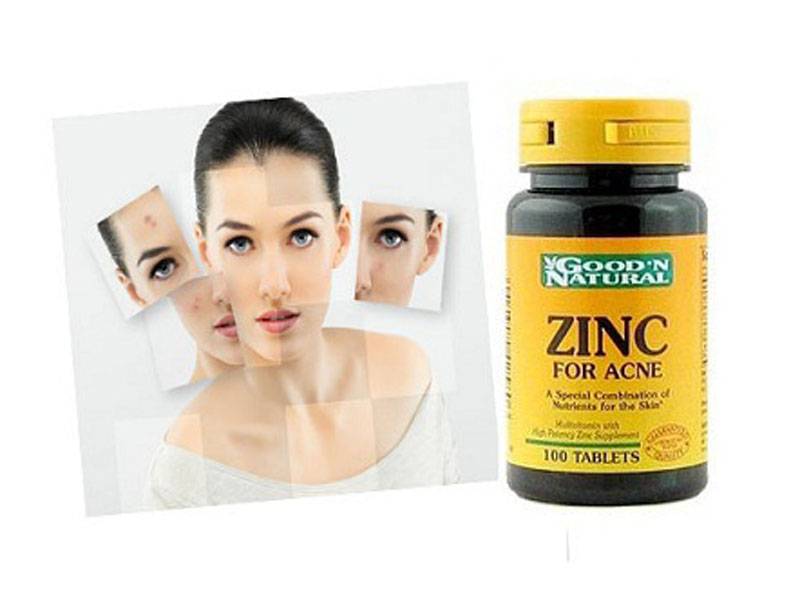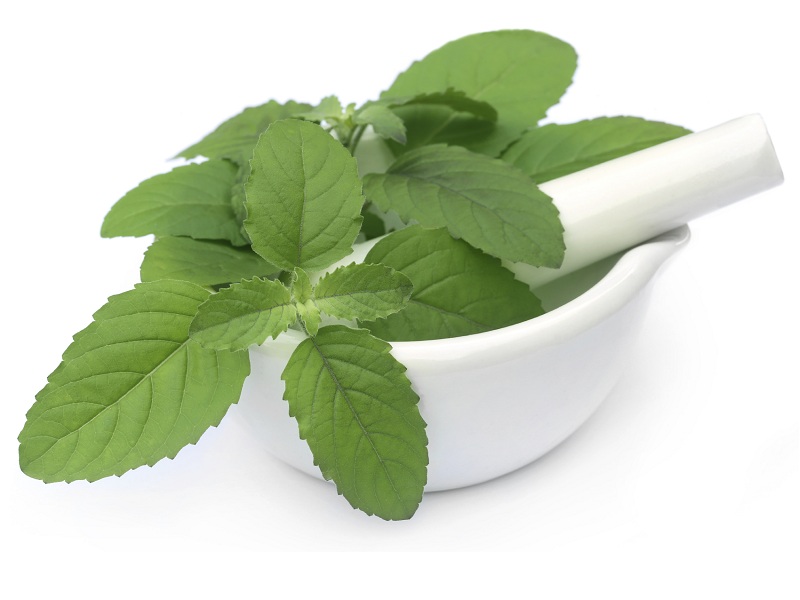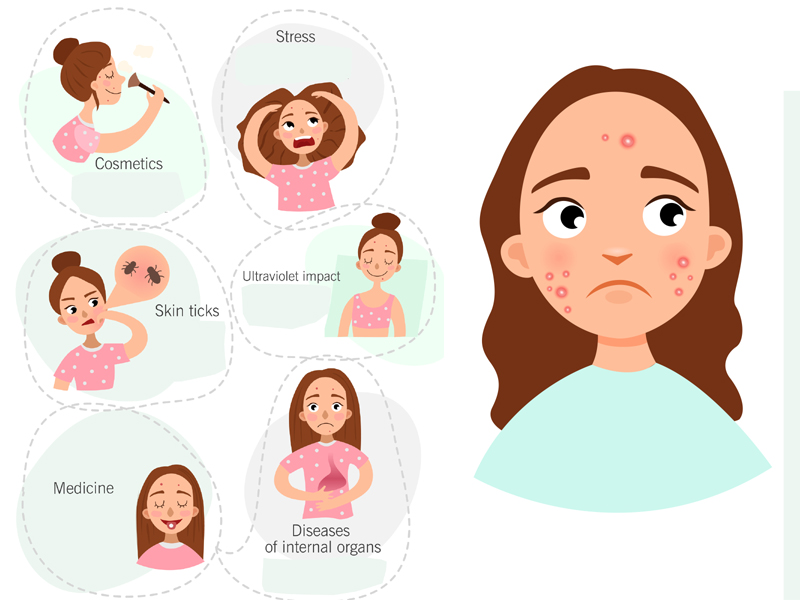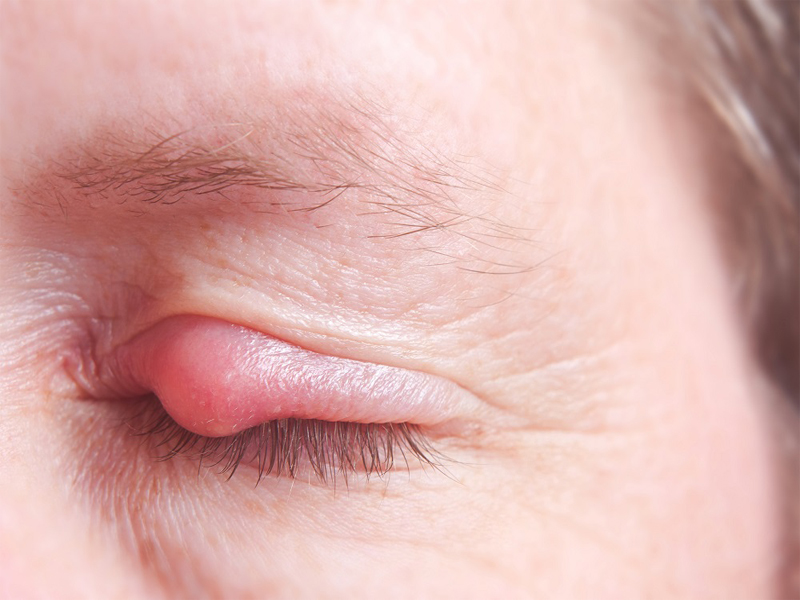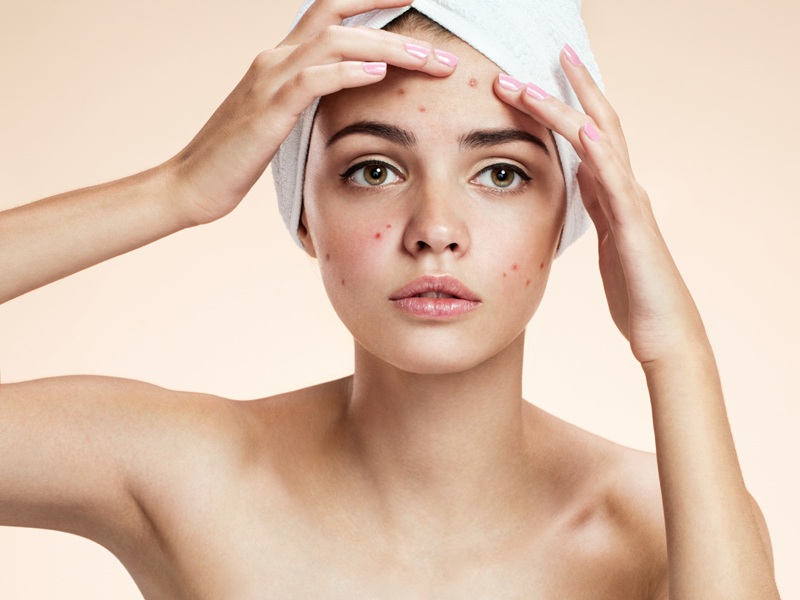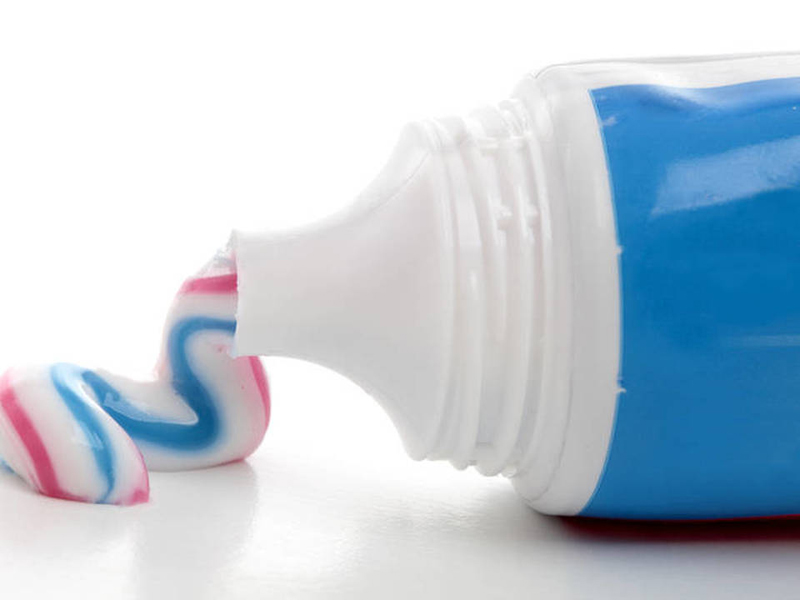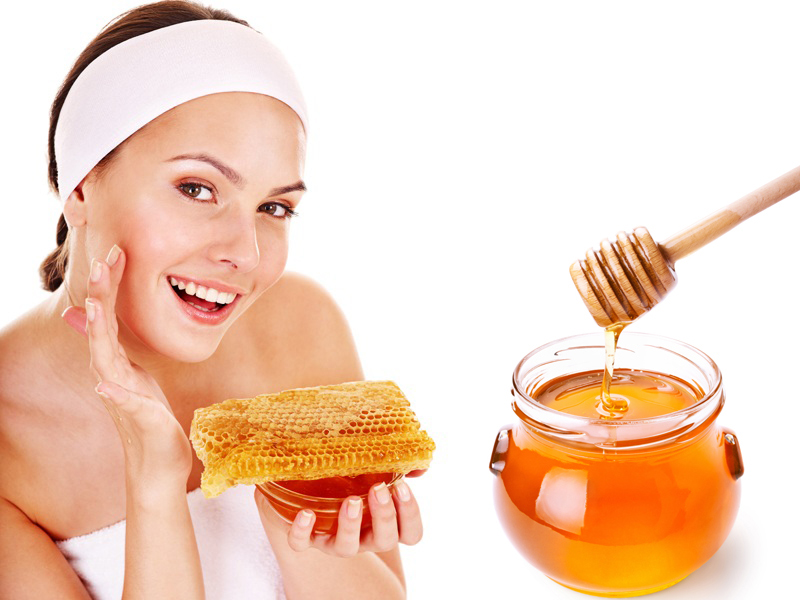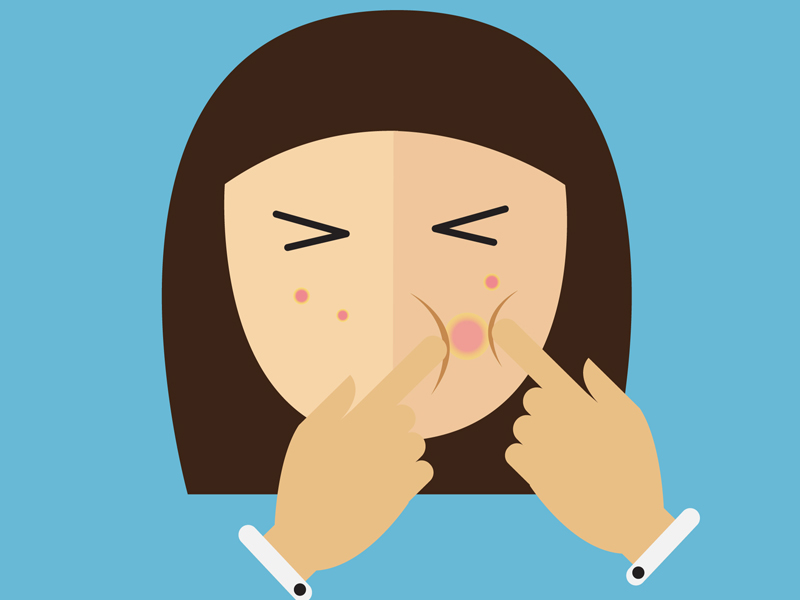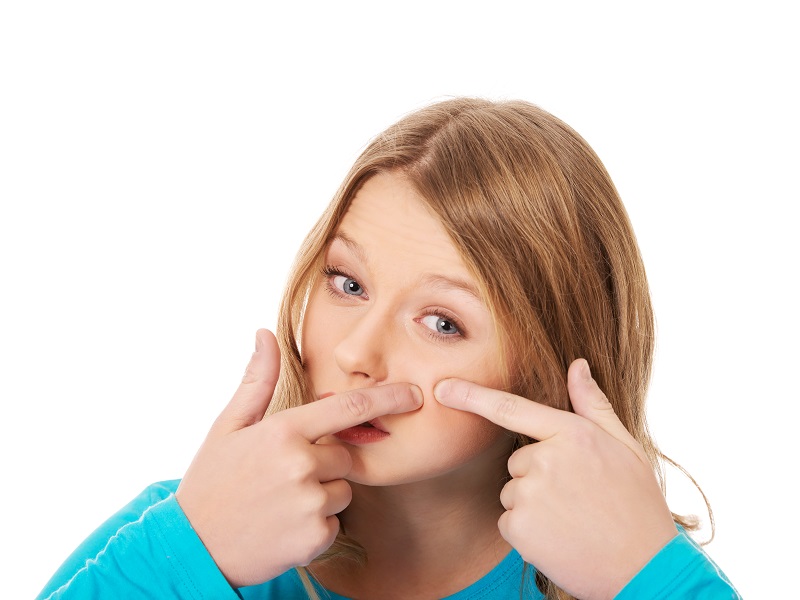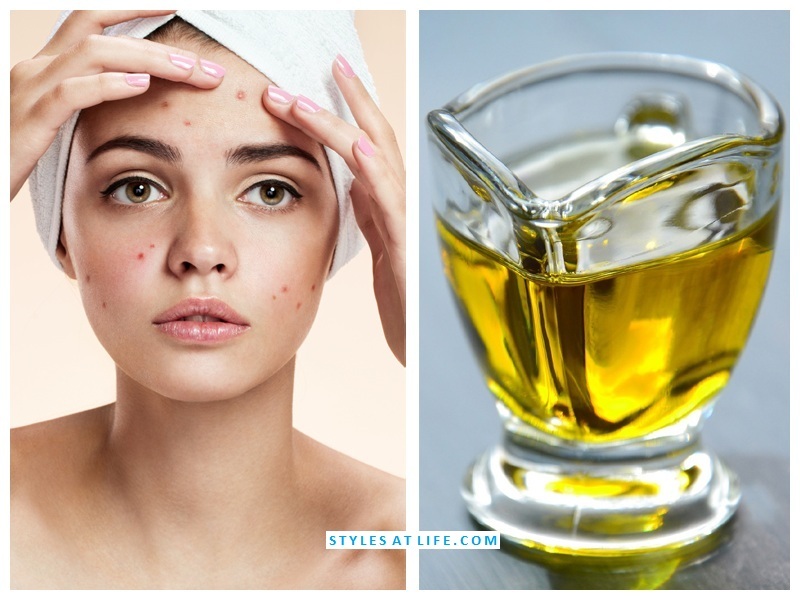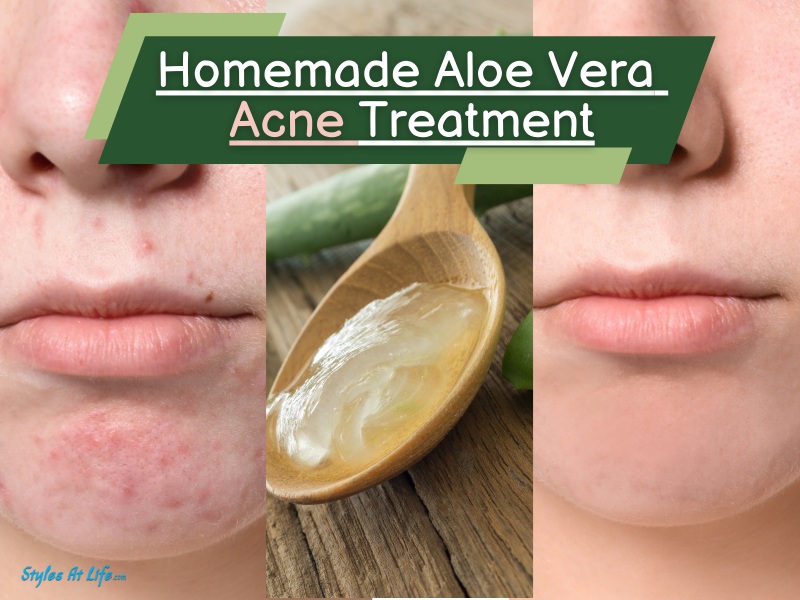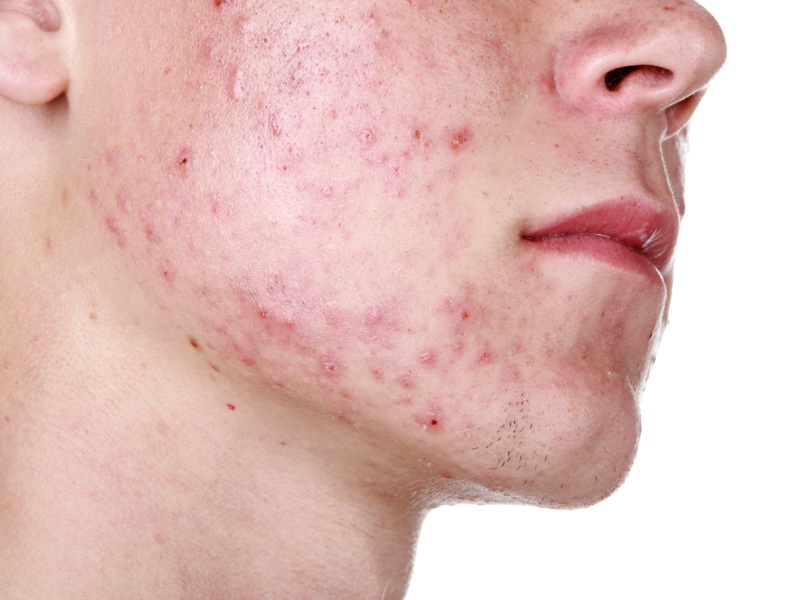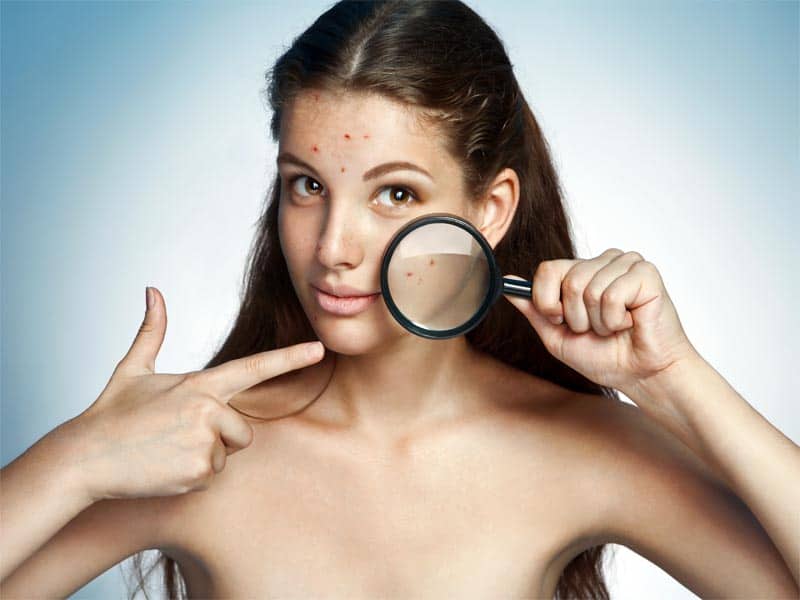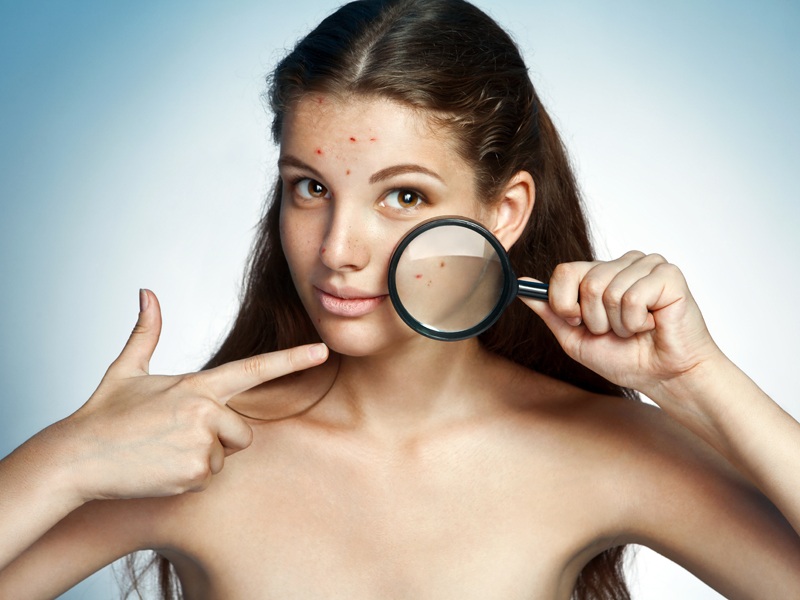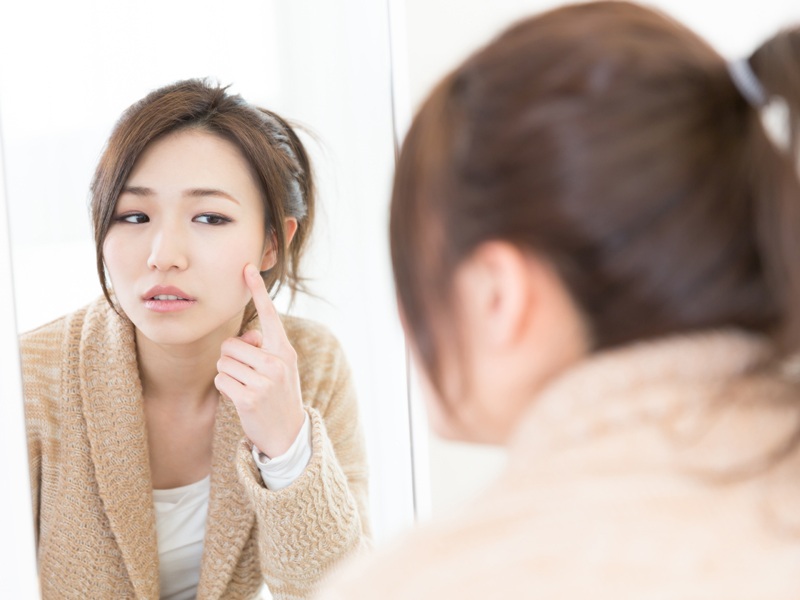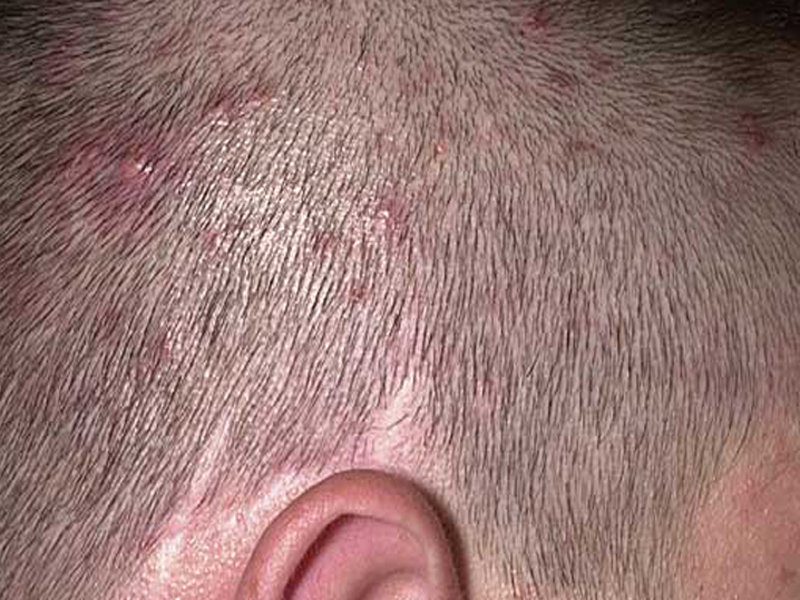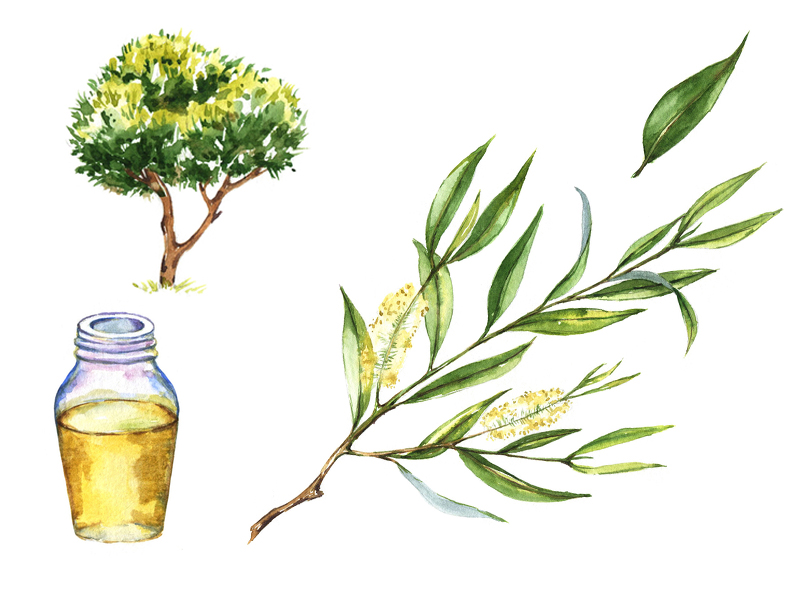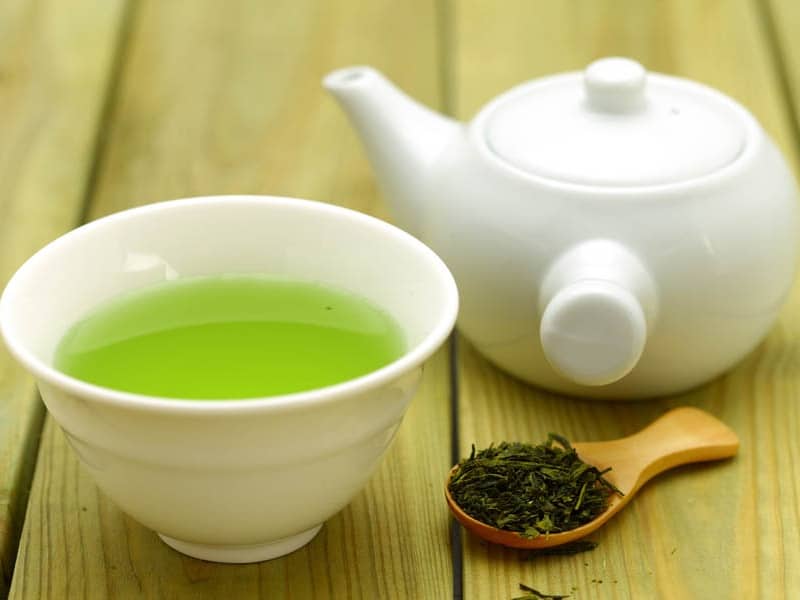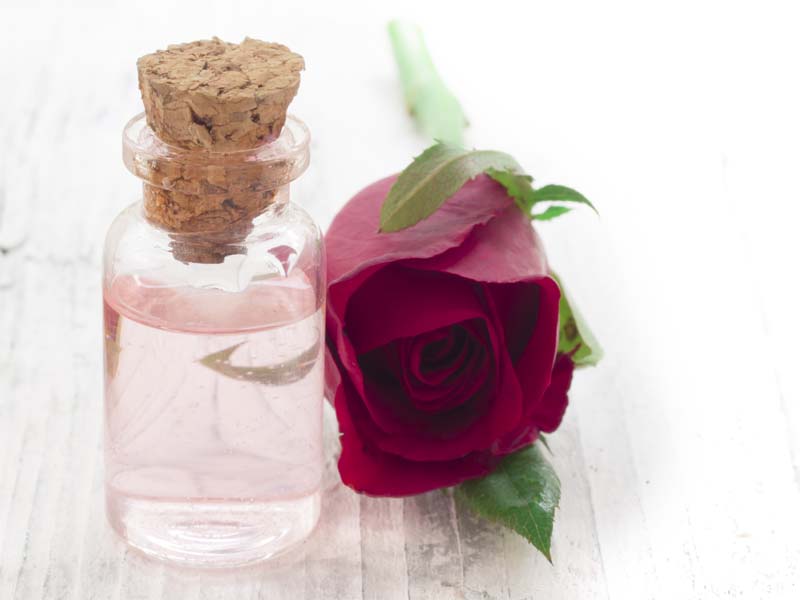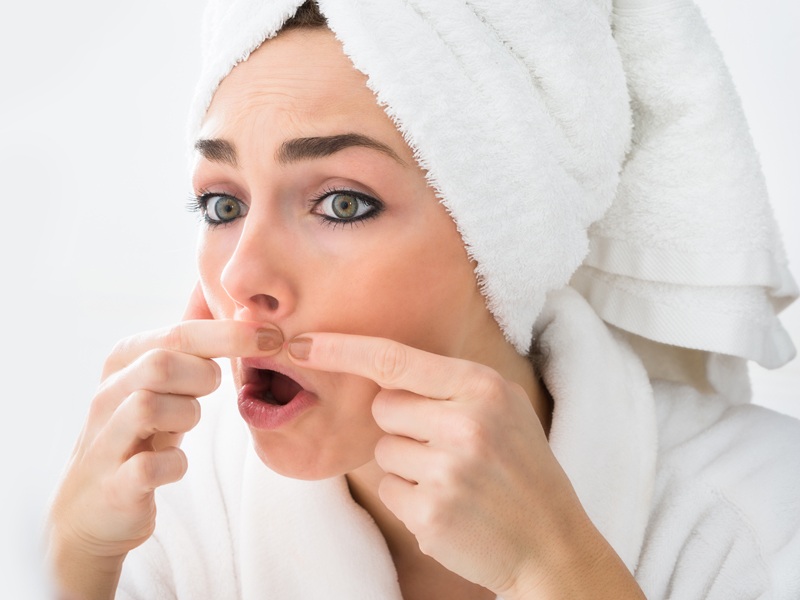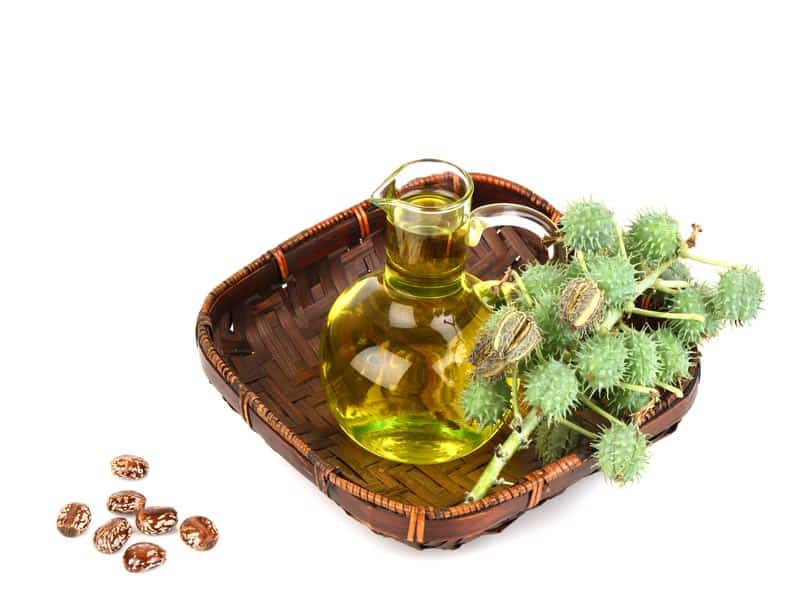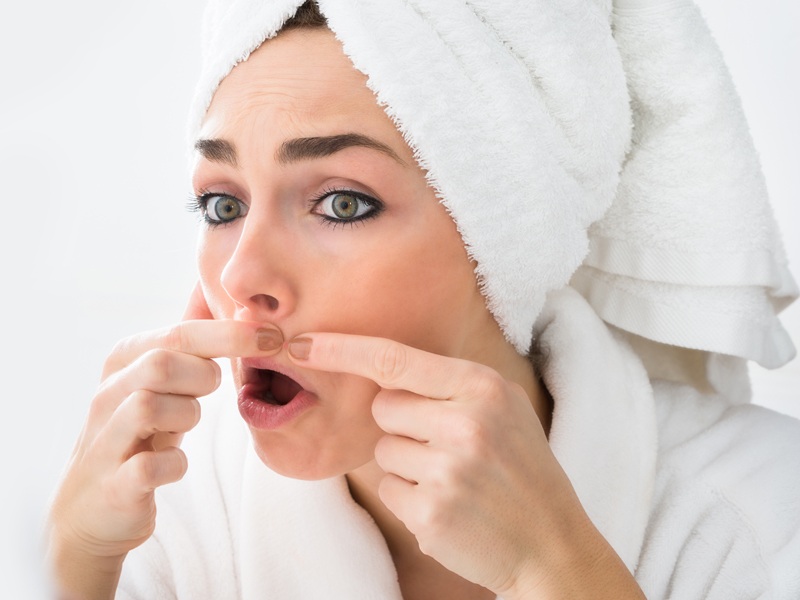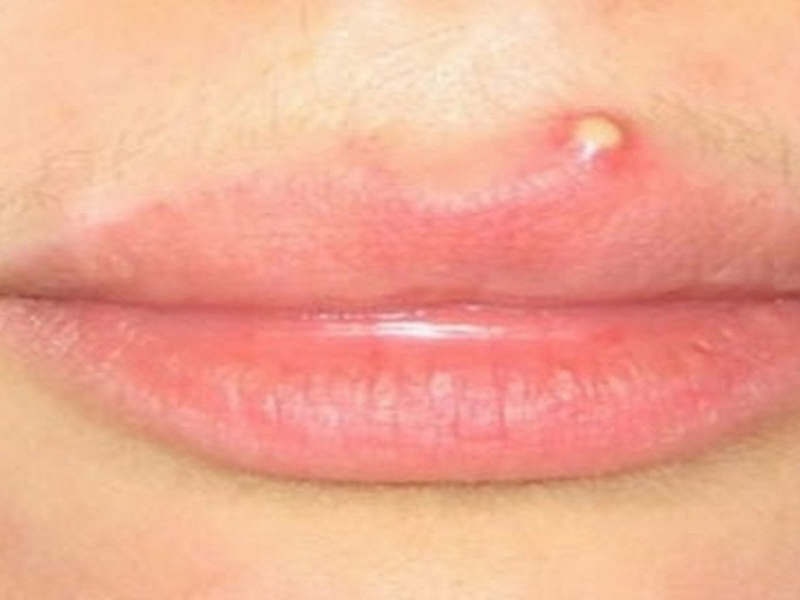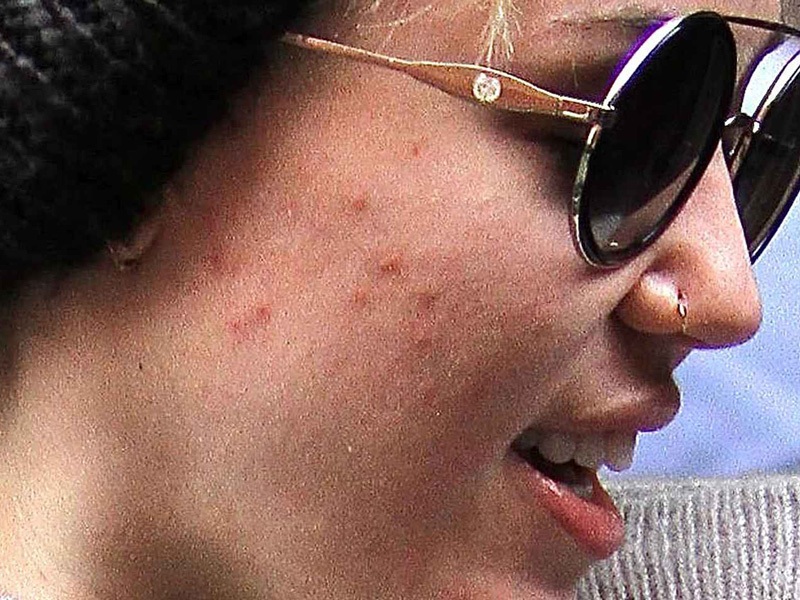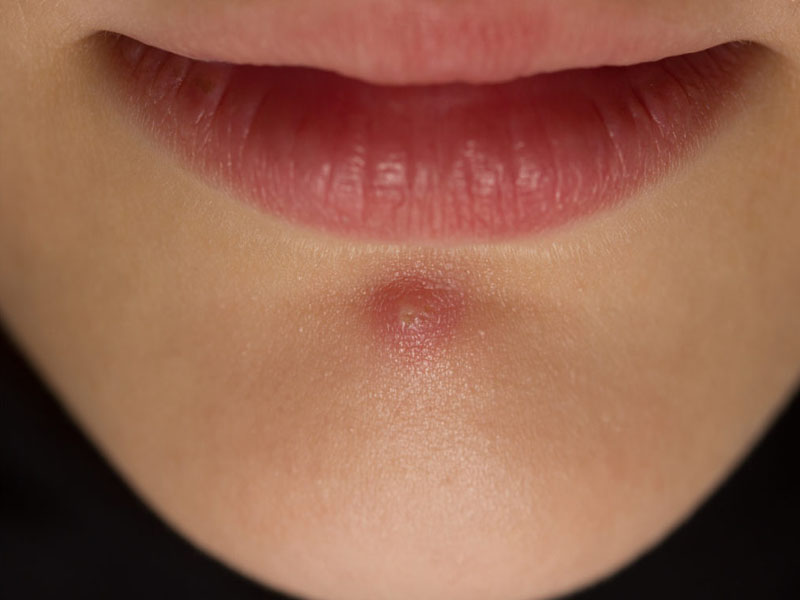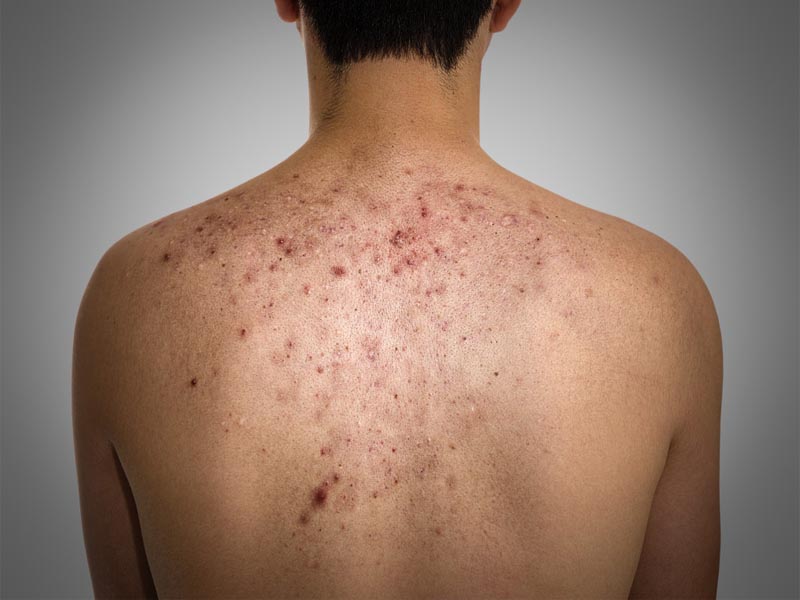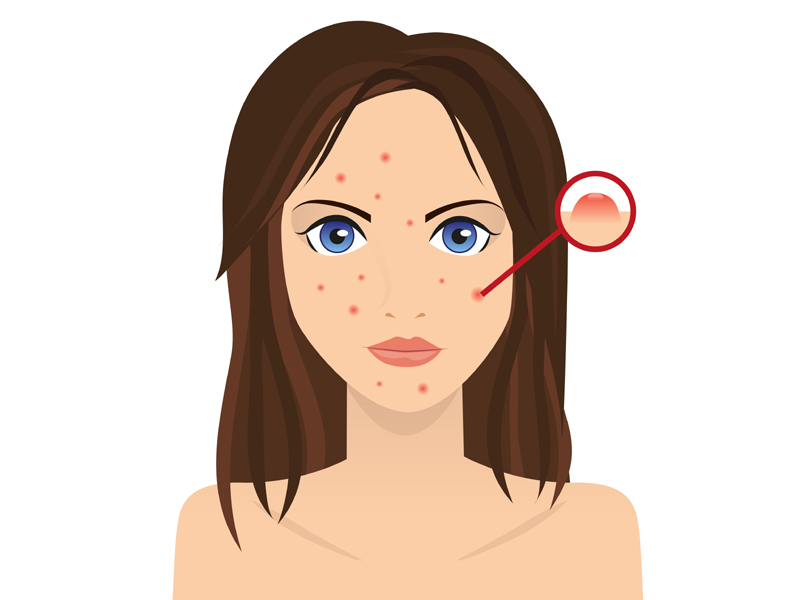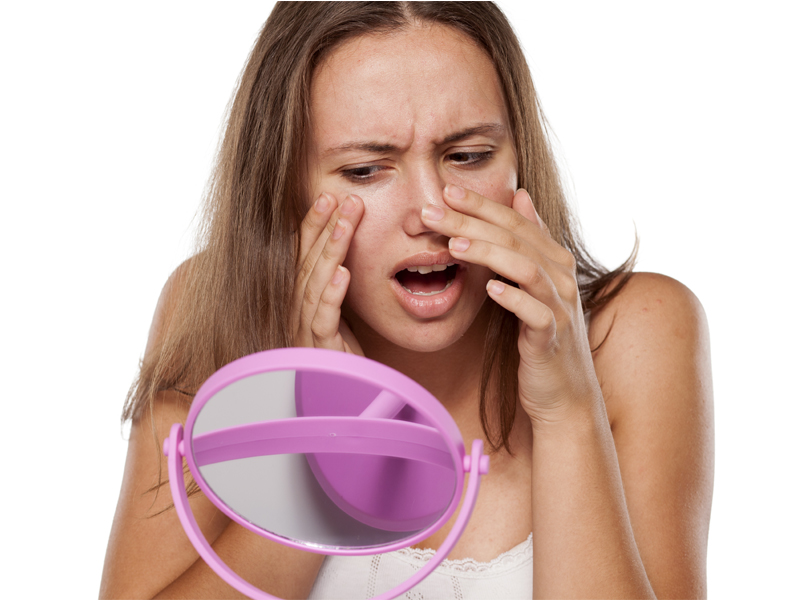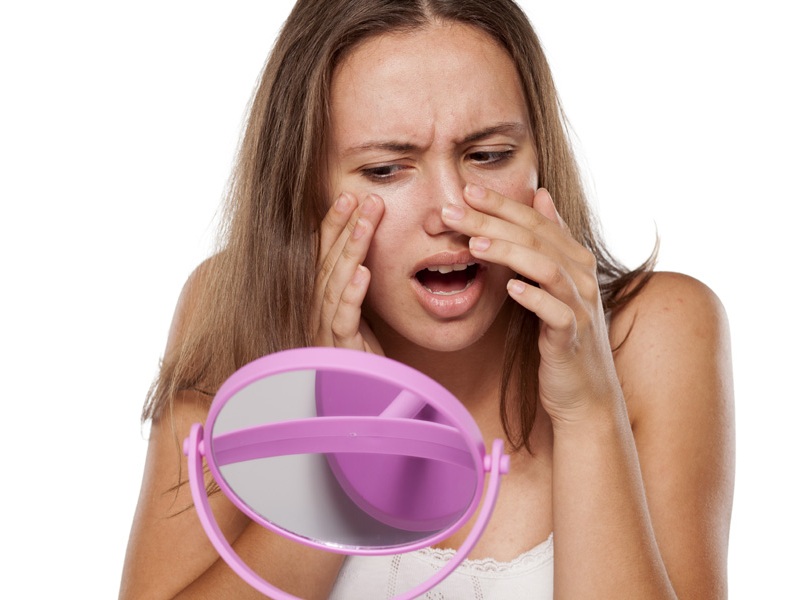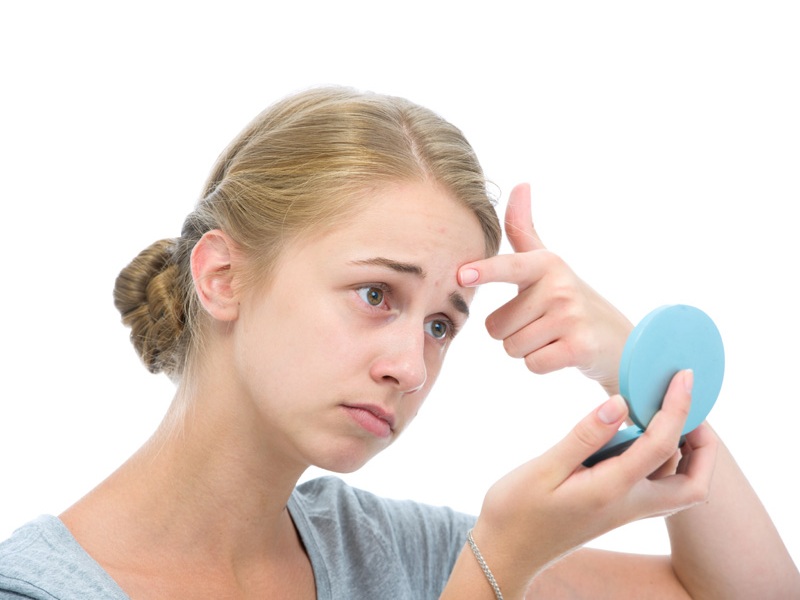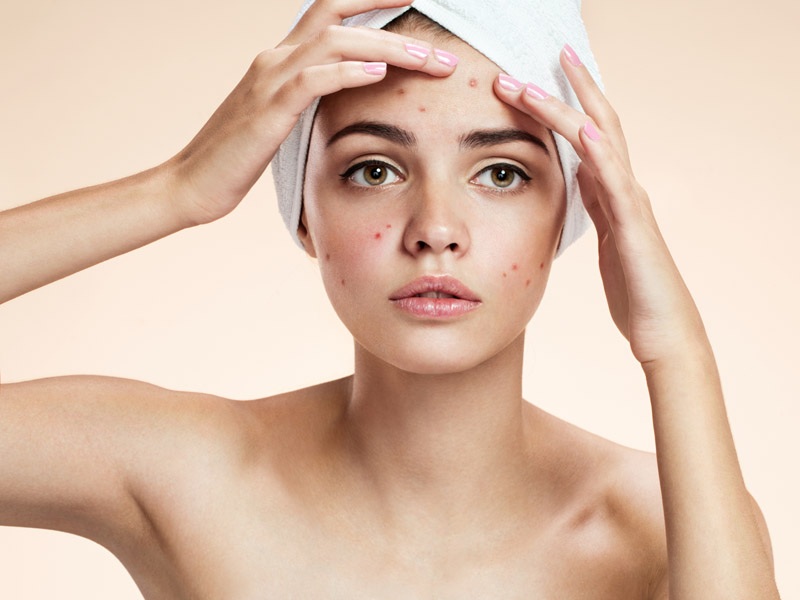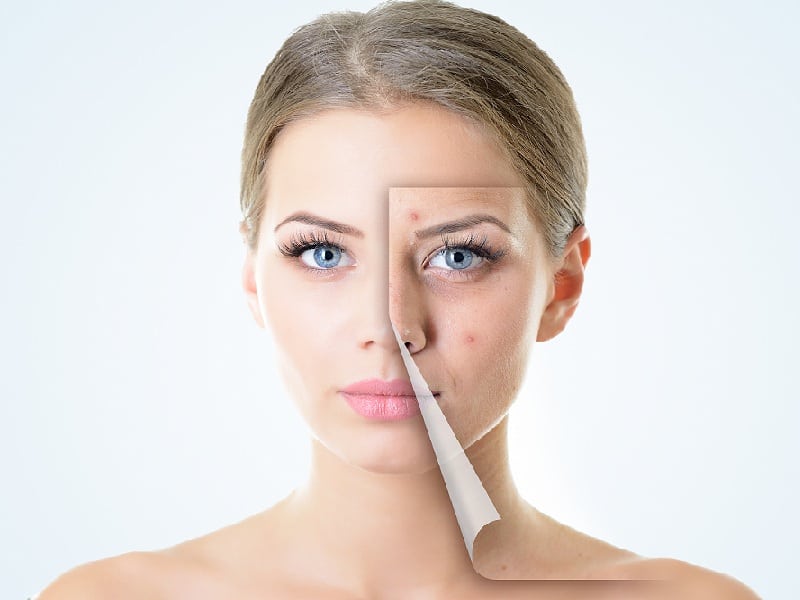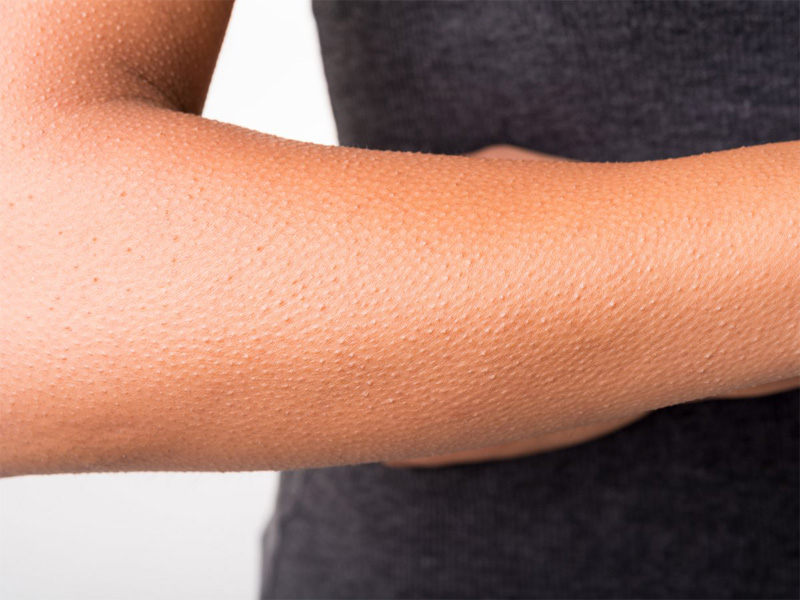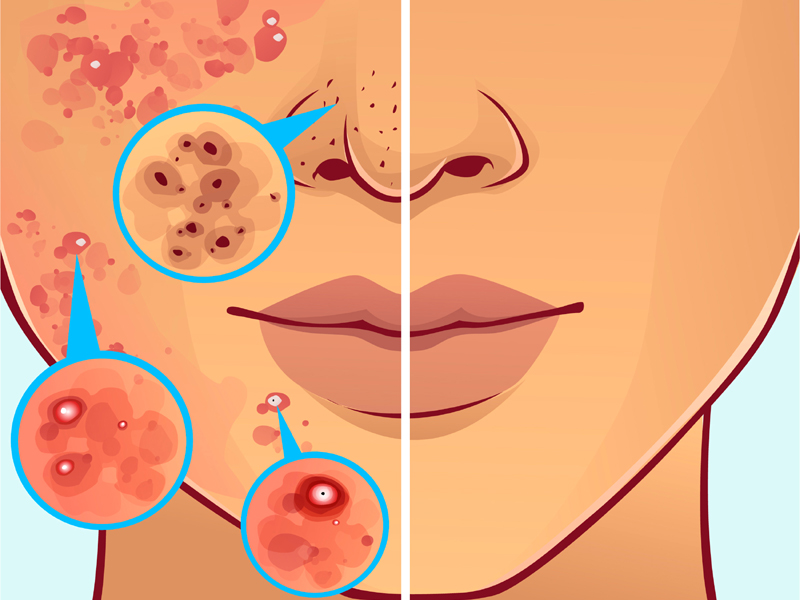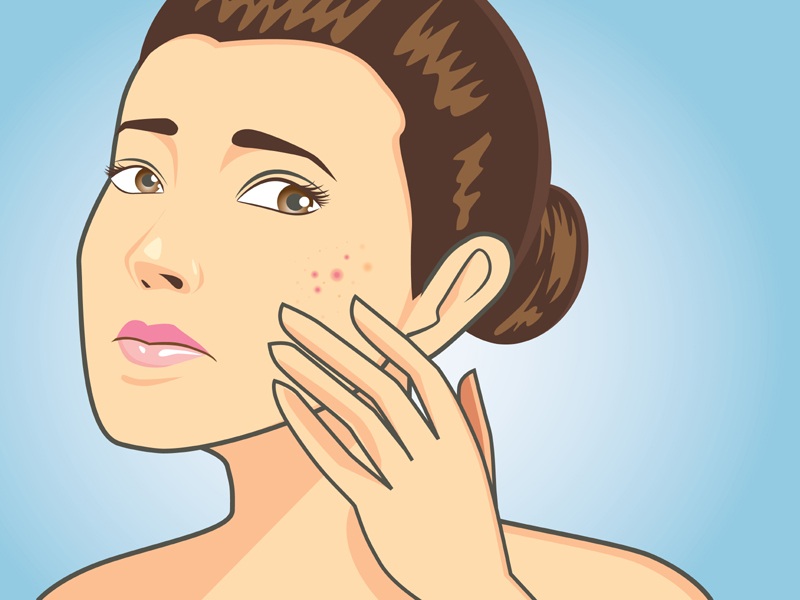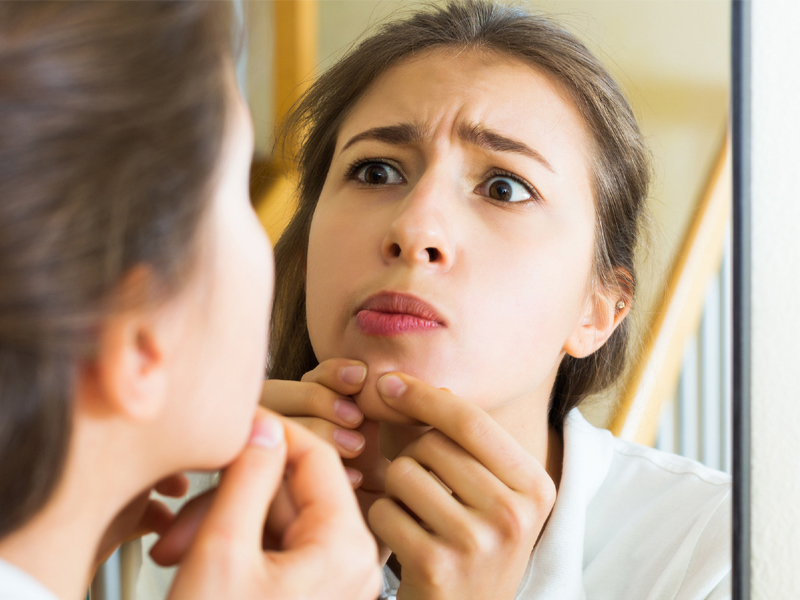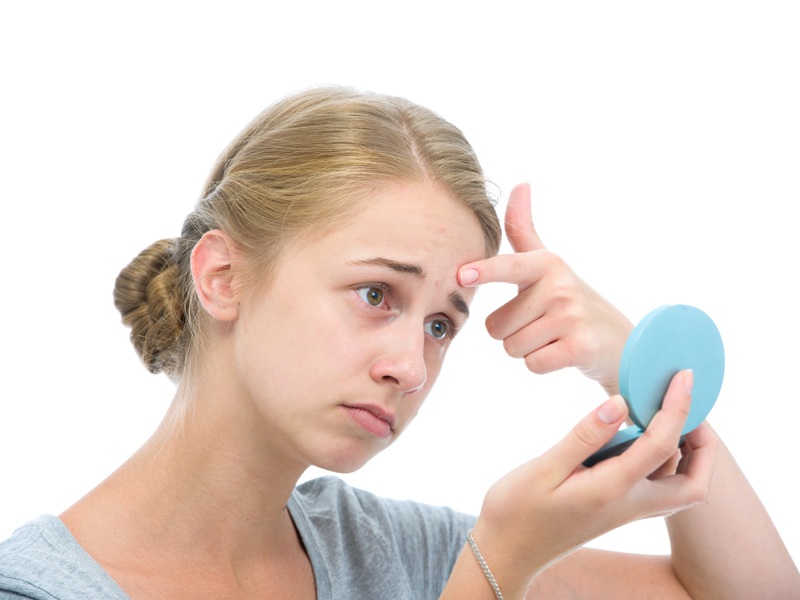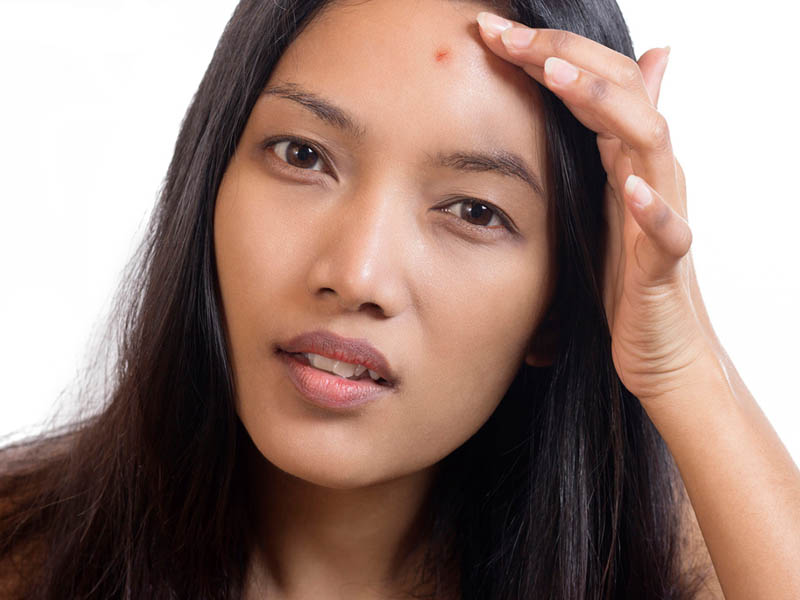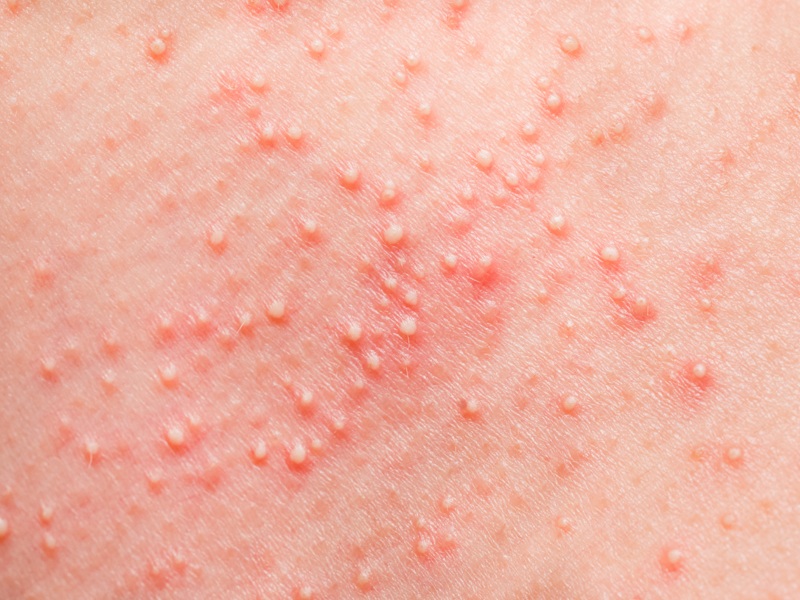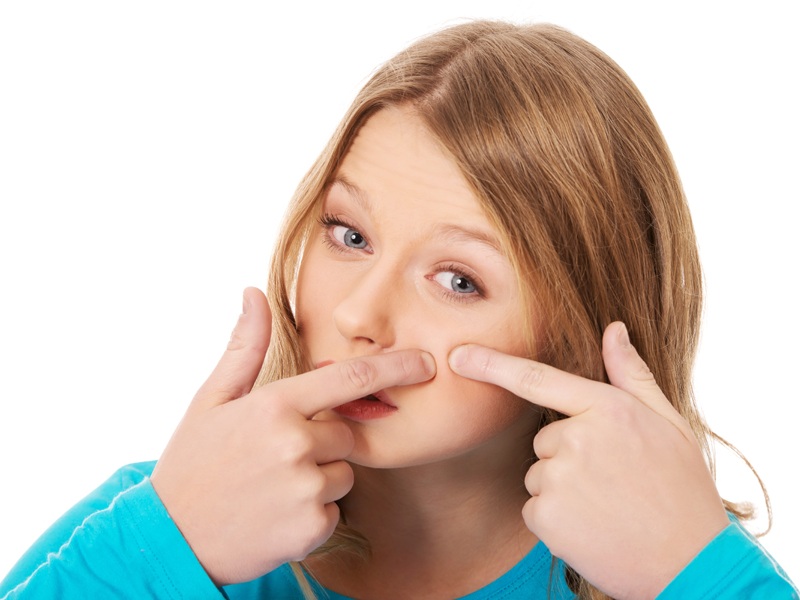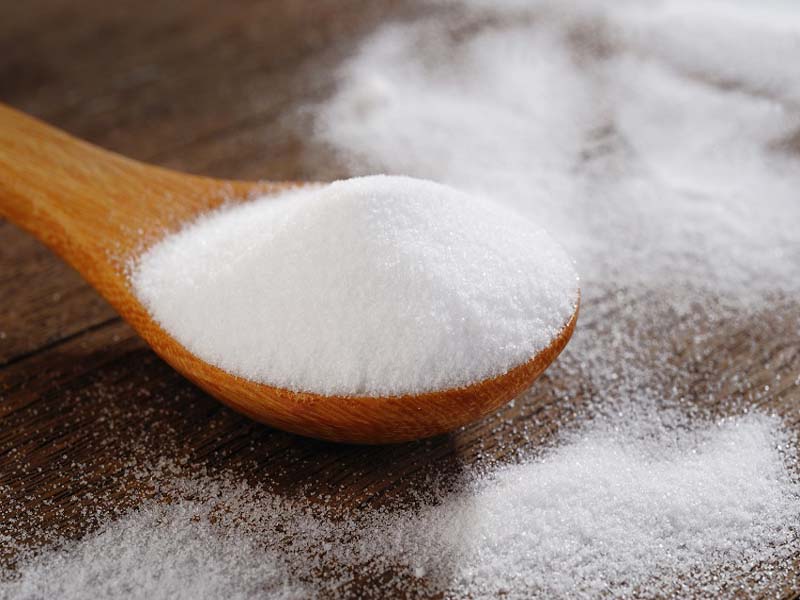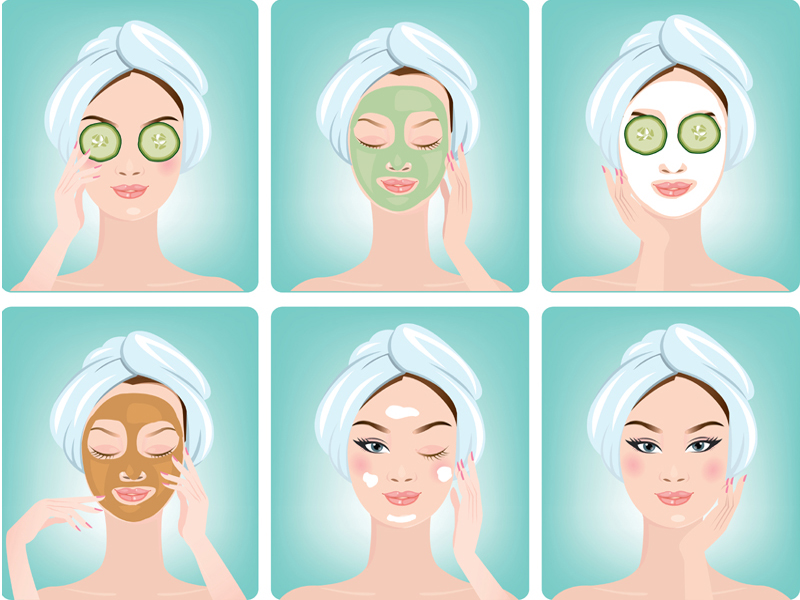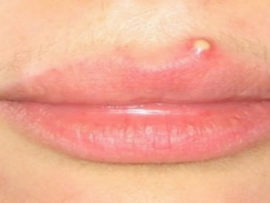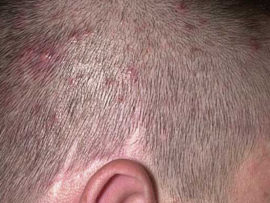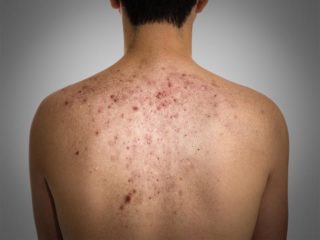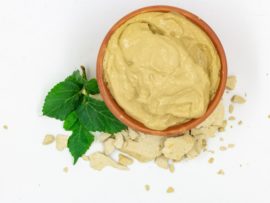Acne is a form of inflammation that usually occurs on the face when the hair follicles are blocked due to excess oil and dirt. This leads to some inflammation that gives you a boil and pus formation. Cystic Acne, as the name suggests, is a severe form of normal acne. This is when the skin gets blocked.
Ked and inflammation are very severe. So, what causes cystic acne? This phase usually occurs during puberty, when the skin changes. The pain associated with cystic acne is quite severe, which can cause the face to get a scar. Emotionally, the patient suffers in addition to the physical pain.
What Causes Cystic Acne?
As mentioned earlier, cystic acne is an acute form of acne. The cystic acne causes are mainly the start of puberty. This is when the hormones in the body undergo several changes, which increase sebum production. Sebum is an oily substance which, when present on the skin, can cause cystic acne.
- Teenagers are the ones who mainly get cystic acne due to their hormonal changing years. This creates a terrible outburst of oily secretions on the face. The hair can get stuck when hair follicles, oil, and dirt come together. This creates a surface where the infection is possible.
- Even hormonal changes during menstruation and pregnancy can cause cystic acne.
- Stress is another major factor in young adults. The level of stress can cause hormones to increase.
- Oily cosmetics, lotions and makeup products also cause cystic acne. Wearing too much makeup regularly and not cleaning it before bed is a major cause in teenagers.
How to Get Rid of Cystic Acne?
Home remedies for Cystic Acne
1. Baking Soda for Cystic Acne:
How Does It Help: Baking soda has several properties that make it a perfect kitchen and home ingredient. You can also use it for skin problems like cystic acne, as it has antibacterial properties. Baking soda treats acne as it helps to reduce the oily layer on the skin. It removes dead skin cells and cleans the skin of dirt and infection.
- Needed Ingredients: Baking soda, cucumber juice or water.
- How to Prepare: Take 1 tsp of baking soda. Add enough cucumber juice or water to form a paste.
- How to Apply: Apply this paste on the affected areas and let it stay for 2 minutes. Wash it off with water once dry.
- How Often You Do This: You can repeat this process twice weekly.
- Precautions: Use a moisturiser so the skin does not dry in excess.
2. Honey to Reduce Cystic Acne:
How Does it Help: Honey is a good source of antioxidants. It helps in fighting bacteria and also reduces the inflammation caused. Honey will not only help you treat your cystic acne but also help you deal with your skin condition. When mixed with cinnamon, honey forms a paste useful for cystic acne home treatment.
- Needed Ingredients: Honey and cinnamon.
- How to Prepare: Mix 2 tbsp of honey and 1 tsp of cinnamon to make a paste.
- How to Apply: Apply this paste to your face using your hands or a brush. Leave the paste for about 20 minutes.
- How Often You Do This: You can use this treatment twice weekly.
- Precautions: The honey used should be pure honey. The cinnamon powder should be fine so that it does not cause any abrasions on the skin.
3. Coconut Oil to Treat Cystic Acne:
How Does it Help: Coconut oil has many properties, including antibacterial and moisturising. Millions of women use this oil for their skin and hair. This keeps the skin supple and hair nourished. Coconut oil is powerful in home remedies for cystic acne. If your skin is dry, coconut oil helps moisturise the skin. The antibacterial property kills the bacteria on the skin.
- Needed Ingredients: Coconut oil.
- How to Prepare: There is no preparation in this case. You need pure coconut oil or organic coconut oil.
- How to Apply: Apply coconut oil to the skin and massage it well. Applying the oil to wet skin is always preferable as it gets absorbed easily.
- How Often You Do This: You can apply coconut oil to the face twice a week.
- Precautions: Do not apply too much oil, which may cause greasiness.
4. Neem Oil for Cystic Acne:
How Does it Help: Neem oil is produced by cold-pressing neem leaves. It is a wonderful antibacterial and anti-inflammatory ingredient that has been used since Ayurveda times. Neem is a strong ingredient, so it must be used carefully. Neem oil is potent and great for fighting the causes of cystic acne.
- Needed Ingredients: Neem oil, cotton ball.
- How to Prepare: Dip a cotton ball in the neem oil.
- How to Apply: Use this cotton ball on the affected areas of the face or body. Leave it for about 20 minutes. You can then wash off the face with warm water.
- How Often You Do This: This treatment can be done daily.
- Precautions: Check the label to see that you use only organic neem oil. Do not use too much oil on a cotton ball, as it is potent.
5. Apple Cider Vinegar Treatment for Cystic Acne:
How Does it Help: Apple cider vinegar is the juice not filtered from apples. It is known to be great in fighting bacteria and even viruses. It is great for treating acne as it helps reduce inflammation and prevents scars from appearing.
- Needed Ingredients: Apple cider vinegar, water, cotton ball.
- How to Prepare: Mix 1 part of the apple cider vinegar with 3 parts of water. The amount of water can be more if you have sensitive skin.
- How to Apply: Clean the skin and apply this mixture using a cotton ball over the face. Let it be for about 10 seconds, and then rinse it with water and dry off.
- How Often You Do This: You can do this twice a day.
- Precautions: Since apple cider vinegar can cause burns, it must always be diluted.
6. Tea Tree Oil to Reduce Cystic Acne:
How Does it Help: Tea tree oil is one of the best essential oils that help fight bacteria and reduce inflammation. Studies have shown that using tea tree oil on the skin reduces acne over time. It does not cause extra dryness or any burning sensation. As Tea tree oil has been shown to have anti-inflammatory and anti-bacterial properties, it is a cystic acne remedy.
- Needed Ingredients: Tea Tree oil, water, cotton balls.
- How to Prepare: Take nine parts of water and add 1 part of Tea Tree oil.
- How to Apply: Use the cotton balls to dip in this solution and apply on the affected areas only. You can apply some moisturiser if required.
- How Often You Do This: You can do this treatment twice daily.
- Precautions: Always dilute Tea Tree oil as it is very potent.
7. Epsom Salt to Remove Cystic Acne:
How Does it Help: Epsom salt is magnesium sulfate, and this is used to help muscles that ache and also treat cystic acne. Epsom salt helps to reduce the inflammation and the pain that is caused due to acne. Many people find relief when they use Epsom salts, which is why it is on the list of home remedies for cystic acne treatment.
- Needed Ingredients: Epsom salt, warm water, cotton ball.
- How to Prepare: Take 2 cups of water and warm it. Add 3 tsp of Epsom salt to it and dissolve.
- How to Apply: Use the cotton ball to soak the solution and then apply it to the affected areas. Rinse off with plain water.
- How Often You Do This: You can do this twice a week.
- Precautions: Check the concentration of the solution as it is quite drying. Add a moisturiser if required.
8. Hot Water Steam to Reduce Cystic Acne:
How Does it Help: Steam is the vapour you get when you heat water. This steam is great for use in acne treatment as it helps to remove dirt that is accumulated on the skin. Steam opens the pores of the skin slowly, and this releases the dirt that is stuck in the acne. It also helps to remove the excess oil that creates acne.
- Needed Ingredients: Vessel, water, towel.
- How to Prepare: Put water in a vessel and heat it to boiling.
- How to Apply: Take the vessel and lean over it with your head covered with a towel. Let the steam go over your face for some time. Then pat your face dry.
- How Often You Do This: You can do this thrice a week.
- Precautions: Take care of the steam and the hot water as it can scald the skin.
Tips and Treatment to Cure Cystic Pimple:
1. Take Care of Your Hygiene:
Hygiene plays a very important role in treating and preventing cystic acne. How to get rid of cystic acne is an ever-popular question asked by teenagers. The Types of acne, like hormonal cystic acne, stress cystic acne, red cystic acne, deep cystic acne, etc., can be dealt with easily if you take care of your hygiene. Proper cleaning of the skin and staying away from dirt and pollution can help to a large extent. So always wash your face and hands and do not pick the acne.
2. Eat Healthy Food for Cystic Acne:
Cystic pimple treatment is all about management. You need to see that you take care of your body. Eating healthy food is also a major player in this. Foods with low-fat content and full fibre are always a good choice. Large cystic acne, big cystic acne, and small cystic acne can be reduced by having fresh fruits and vegetables. You should avoid junk food so that all processed food does not cause excess oil secretion on the skin.
3. Do Not Use Cosmetics:
How to cure cystic acne is what most girls will ask a doctor. The cystic acne bump is very painful, and this causes emotional distress to many young girls and boys. Cosmetics are also a major part of the lives of youngsters. If you are prone to severe acne, you should avoid cosmetics. If you must use cosmetics, then use water-based ones that are non-comedogenic. Be sure to wash your face well before going to bed.
4. Meeting The Dermatologist for Cystic Acne:
Adolescents meet the dermatologist when the cystic pimple on the cheek and cystic acne on the back become unbearable. These are the two places where the problems are severe and can cause stress among youngsters. The dermatologist may suggest some products for cystic acne cream or, in severe cases, antibiotics for cystic acne. They may also suggest some good medicated face wash for cystic acne to help reduce oily skin. This can then help to reduce the occurrence of acne.
5. Laser Treatment for Cystic Acne:
Laser treatment is the best cure for cystic acne, as suggested by some dermatologists. Here, an Intense Pulsed Light, a laser, is passed on the skin. This removes the excess oil that is present on the skin as well as the dead skin that is causing the pores to clog. This treatment is ineffective for cystic acne but may help reduce the occurrence. Care must be taken that this procedure is done only by government-approved doctors under hygienic conditions.
Additional Tips for Cystic Acne:
Apart from these home remedies and treatments for cystic acne, you can also check out these other ways to deal with it.
- Zinc: A zinc supplement in your diet will also help reduce cystic acne. Take about 40mg daily, which should help with the process.
- Green Tea: Green tea is also known to have high antioxidants. This will help with the pain and the infection associated with cystic acne.
- Witch Hazel: Another wonderful natural product, Witch Hazel has healing properties and helps to fight bacteria. Use this for cystic acne problems.
- Aloe Vera: The cooling effect of Aloe Vera is great for fighting inflammation, too. Apply this through creams, lotions, or just the pure gel taken from the plant.
Frequently Asked Questions:
1. Who Gets Cystic Acne?
Ans: Acne is a problem that occurs during puberty and in adults until they reach the age of 30. This is the time period when the hormones in the body are playing at full volume. This creates a mess on the skin system. The oil secretions increase, accumulating with dirt in the hair follicles. This creates a kind of boil that is painful and can scar the skin. The boil can rupture, and a pus formation can be possible, which is extremely painful. So, teenagers entering puberty and young adults can get cystic acne.
2. Can Cystic Acne Be Treated at Home?
Ans: Cystic acne is something that has to be managed by the person daily. Skin types are different, like oily, normal or combination. Based on this, you must either moisturise your skin or leave it dry. Cystic acne can be treated, to some extent, with home remedies. You can try various methods like baking soda, apple cider vinegar, etc. Each of these is a spot treatment that helps to reduce the pain and the infection. This can take time, so home remedies are a longer, effective, safe process.
3. Are There Various Types of Cystic Acne?
Ans: There are various types of Cystic Acne based on size and causes. You will find cystic acne like hormonal and stress cystic acne that is caused due to hormones and stress, respectively. Based on the size, you will have deep cystic acne, large cystic acne, big cystic acne, and small cystic acne. Each of these types is treated with similar home remedies. For large and deep cystic acne, you may need to see a dermatologist who may prescribe medicated lotions and face washes apart from some medications in extreme cases.
This phase in your life when puberty reaches is stressful. Learn to deal with stress and have a healthy life. All these factors we have suggested will help you fight cystic acne. You can take your problems into your own hands and help the healing process. Use anti-bacterial products and keep hygiene your top priority. Cystic acne will then be an easy problem to face daily. You will be happy once you know how to treat, reduce, and prevent.


